Ultimate Guide on How to Replace a Bathtub

Bathtub replacement is a more complicated task because it involves many steps. But with proper preparation and caution, a do-it-yourselfer can complete the project without too much trouble.
Steps to replace a bathtub
1. Turn off Water - Turn off the main water valve.
2. Remove Drain and Overflow - Open the tub drain. Unscrew the tub drain with a plug wrench. Remove the overflow drain cover with a screwdriver and remove the screws.
3. Remove Faucet - The set screw for the tub faucet usually turns with an Allen wrench, but if not, you should be able to unscrew it by hand by turning it counterclockwise. If you intend to remove the entire bathtub surround, you will need to remove the tub controls and anything attached.
4. Access Tub Drain - You will need access to the surrounding area to detach the bathtub from its drain. Do this by opening in another room or space on the other side of the bathtub.
5. Disconnect Tub Drain - Use a channel lock wrench to remove the tub drain fittings under the tub.
6. Remove or Cut Away Tub Surround - If you want to install a new bath surround, remove the old bath surround. If not, remove the bottom few inches that meet the top of your tub. First, scrape any leftover calk with the caulk stripping tool to remove the cement board's or drywall's lower section. Then, use an oscillating multi-tool or a manual drywall jab saw to cut through the lower area.
7. Remove Tub-to-Stud Fasteners - Use a pry bar or hammer to pull out the nails or clips.
8. Detach All Other Obstructions - Search the front of the bathtub and any other objects that might block removal. Remove any caulk along the bottom edge and between the tub and the floor.
9. Remove Bathtub -You will often clear away enough that you can pull the tub straight out. If the bathtub is too heavy to remove by hand, try tipping it up at a 45-degree angle, then remove it from the alcove.
10. Remove Bathtub Stringer -Use a hammer or cordless drill to remove the screws holding the bathtub framing.
11. Assess and Prepare Tub Area - Wall studs, insulation, and joists often become moldy in this area. Remove mold, replace poor structural elements, and clean the tub area.
12. Level Tub Area - The floor under the bathtub should be level in all directions. Check the level of your floor with a bubble level. If you're rebuilding your joists and subfloor, you can create a level floor this way. If you're not rebuilding, but your floor is out of level, pour some self-leveling underlayment on the softened and roughest area.
13. Mark Tub Flange on Studs - Bring the bathtub over. Mark where the top of the bathtub flange is on all the wall studs with a pencil. Remove the tub and check that it's even.
14. Measure Bathtub Flange Height -Put the tape measure on the bathtub and measure from the top of the flange to below the flange. Put a scrap board under the flange to get an idea of where your stringer will go.
15. Install New Tub Stringer - Once you determine the height you need, transfer that measurement to the wall studs. Start at the marks you made earlier and measure downward. Use the circular or electric miter saw to cut a two-by-four to the length of the bathtub. Nail or screw the new bathtub two-by-four stringer on the wall at the marks on either side.
16. Install Tub Drain - Place the tub on its side, get a small amount of plumber's putty, and form it into a ring to fit around the drain. Put the drain flange back to fix the drain from your tub's top (basin). From below the basin, screw in the drain shoe to finish. Use the drain pipe wrench to tighten the basin stopper.
17. Attach Overflow Drain - It's easy to take a rubber gasket, screw it into the overflow drain, and then hold it against the tub while screwing it.
18. Connect Overflow to Drain - Join the drain pipe and the overflow pipe.
19. Attach Tub to Studs - Move the tub into place, and don't damage the drain pipes while at it.
20. Attach Drain Assembly to Rough-in Drain -With the drain assembly in place, ensure it's lined up perfectly with the old plumbing pipes. Now you can connect them to finish the job.
21. Secure Bathtub to Studs - Secure the bathtub flange with nails into the wall studs. Some bathtubs may require you to nail through the flange and into the studs, while others may require you to nail over the top of the flange with roofing nails or clips.
22. Complete Installation -Fill in the missing portion of the wall surround or install a new tub surround. Reinstall all baseboards and trim. Fill the gap with caulk between the tub's top and the bottom of the wall surround. Caulk between the tub front and bathroom flooring.
If you're uncomfortable with replacing the bathtub by yourself, hire a professional to do it. Let the experts handle it!






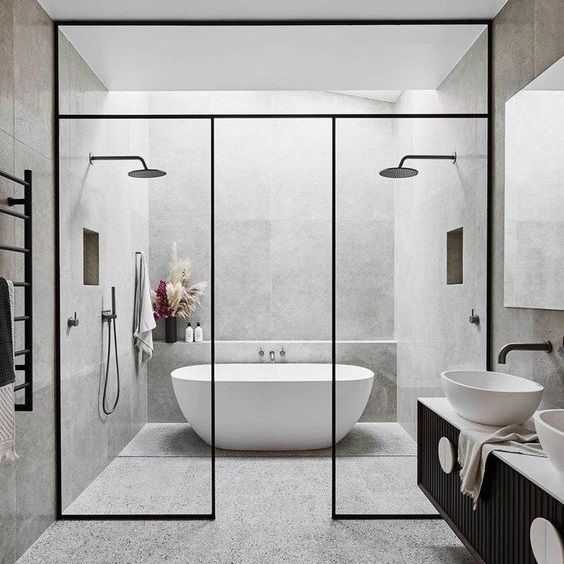
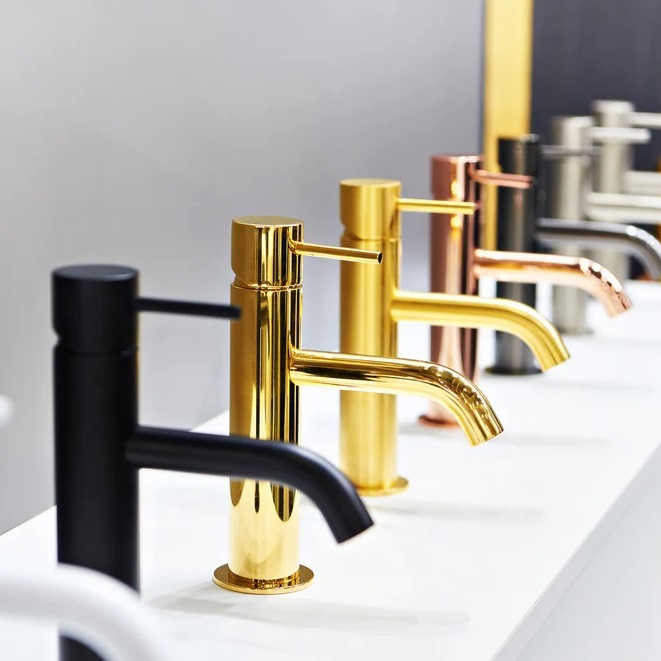
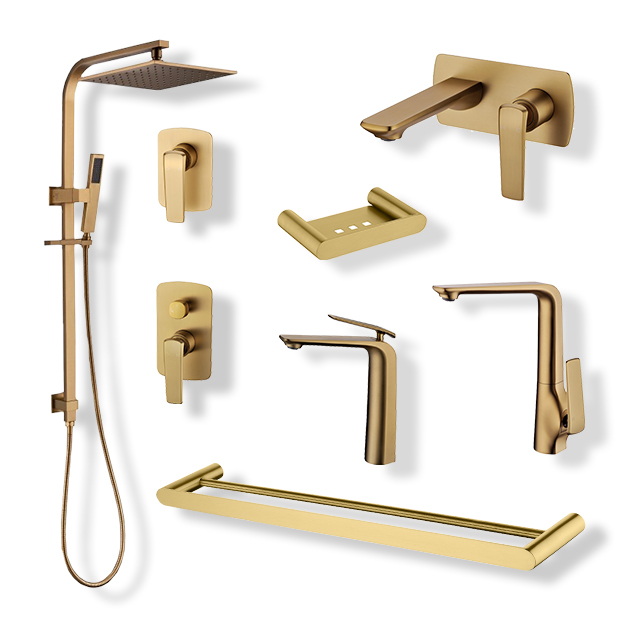



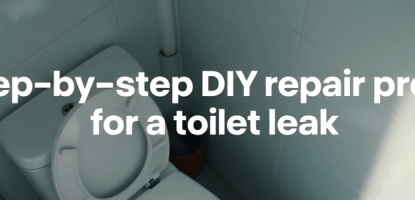

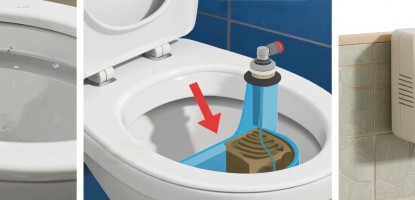
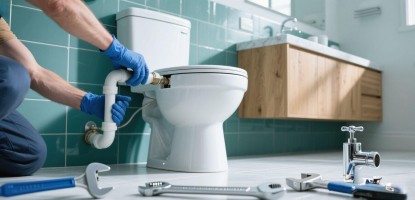
Leave a Comment